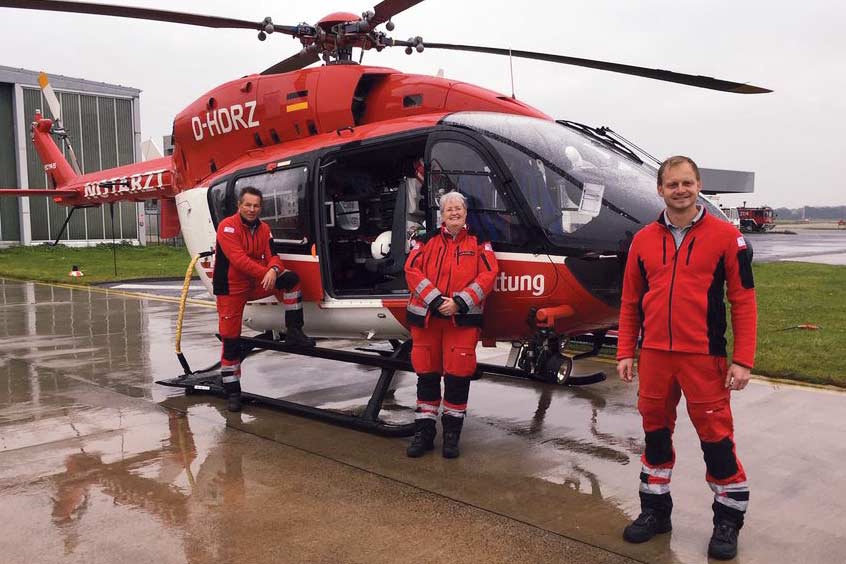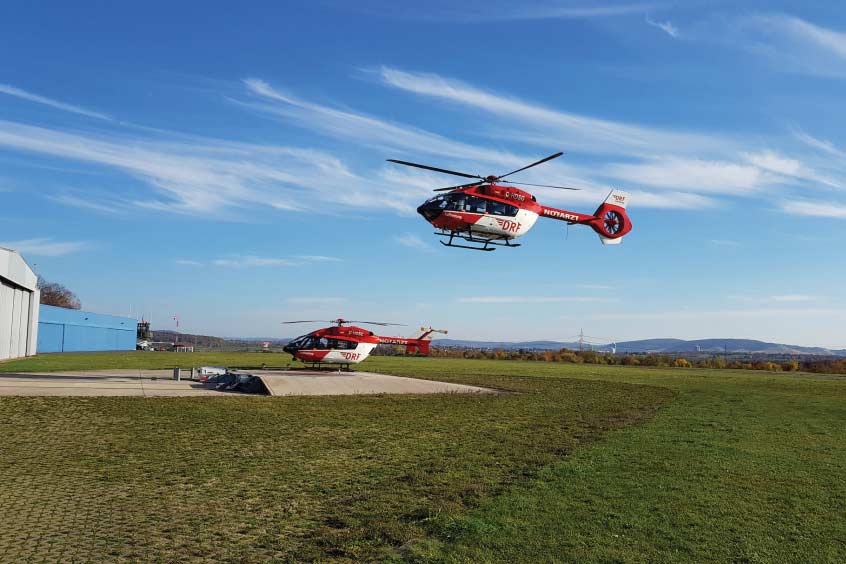Why visit ACE ’25?



An H145 has commenced operations as DRF Luftrettung's new ‘Christoph 51’ from the German air ambulance provider's base at Pattonville airport, near Stuttgart. A glass cockpit with large screens, a powerful autopilot and a new interior concept in the cabin make work easier for the crew and contribute to even better patient care. The station has completed more than 1,000 missions this year.
Thomas Roth, station manager and pilot, says: “We are very pleased that we can now put an H145, the most modern helicopter currently used in air rescue, into operation here in Stuttgart. Just a look into the cockpit shows the difference from the previous machine: All flight data, for example on the engines or the flight situation, are shown to us pilots on large-format displays.”
On the weather radar, it is possible to quickly recognise changing weather conditions at an early stage. The four-axis autopilot takes the pressure off the pilots because it can automatically take over control functions. The life-saving missions of ‘Christoph 51’ are thus even safer. A sheathed tail rotor, the so-called Fenestron, is quieter, better protected against damage and offers rescue workers more safety on the ground.
Head physician Gregor Lichy states: “We are looking forward to working with the new machine. It is particularly suitable for the station's tasks, especially highly demanding transports between clinics. Our helicopter is an indispensable component in emergency medical care here in the region.”
For transporting seriously ill premature babies in the incubator, ECMO (Extra Corporeal Membrane Oxygenation) transports using a mobile heart-lung machine or other medically demanding missions that the station regularly carries out, the H145 offers more space in the cabin, a greater range and more power.
DRF Luftrettung has also been providing rapid assistance in Bremen with new helicopter as a modern EC145 replaces its long-serving BK 117. “As an intensive care transport helicopter and also in emergency rescue, ‘Christoph Weser’ makes an extremely important contribution to the emergency medical care of people in Bremen and the surrounding area,” emphasises Krystian Pracz, chairman of the board of the DRF Foundation Air Rescue. “We are therefore pleased to be able to put this type of helicopter into service in Bremen.”
"For us pilots, the new helicopter type makes work easier," explains pilot and station manager Ingo Reckermann. “The three-axis autopilot and the digital glass cockpit provide relief, especially on longer flights.” At 700 kilometres, the EC145 also has a far greater range, uses up to ten percent less fuel and, at 254 km/h instead of 240 km/h has a higher operating speed than the previous model. It also offers more space for patient care and the optimised ergonomics ensure better working conditions for the medical crew on board.